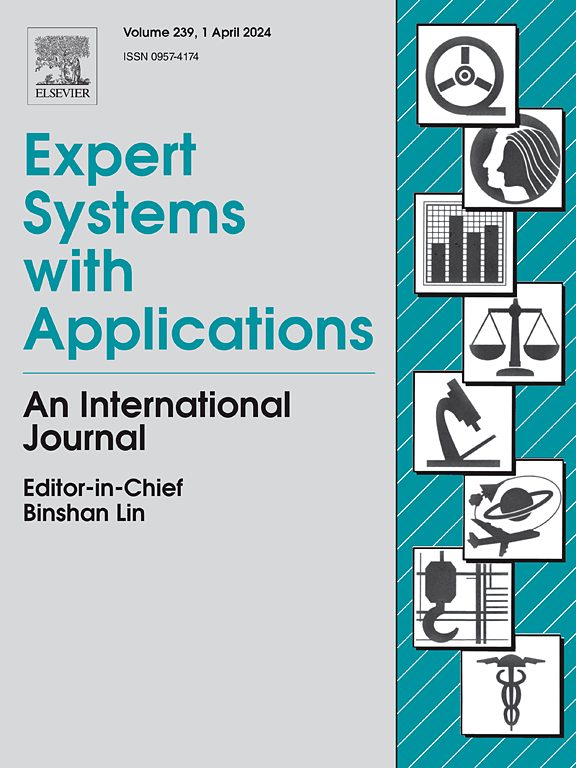网络入侵检测的进化多任务鲁棒架构搜索
IF 7.5
1区 计算机科学
Q1 COMPUTER SCIENCE, ARTIFICIAL INTELLIGENCE
引用次数: 0
摘要
网络入侵检测(NID)成为保障网络安全的一项关键技术。近年来,研究人员提出了各种基于神经网络的NID系统。然而,这些网络需要昂贵的专家知识来进行手工设计,这是繁琐和耗时的。此外,它们很容易遭受对抗性攻击,这限制了它们在安全关键场景中的应用。针对上述问题,本文提出了一种多任务鲁棒架构搜索方法EMR-NID,该方法可以自动为NID系统设计鲁棒架构。首先,我们设计了一种架构转移更新策略,实现了不同任务之间的信息共享和知识转移。然后,我们开发了一种架构性能修正策略,提高了鲁棒搜索的效率,增强了NID的防御能力。最后,在NSL-KDD、UNSW-NB15和Edge-IIoTset三个著名的NID数据集上对EMR-NID方法进行了验证。实验结果表明,EMR-NID在多种场景下的清晰性和鲁棒性都优于现有的NID方法。本文章由计算机程序翻译,如有差异,请以英文原文为准。
Evolutionary multi-task robust architecture search for network intrusion detection
Network Intrusion Detection (NID) becomes a key technology for ensuring network security. Recent researchers have proposed various NID systems based on neural networks. However, these networks require expensive expert knowledge for manual design, which is tedious and time-consuming. Moreover, they easily suffer from adversarial attacks, which limits their application in safety-critical scenarios. To alleviate the above problems, this paper proposes an evolutionary multi-task robust architecture search method, called EMR-NID, which can automatically design robust architectures for NID systems. First, we design an architecture transfer update strategy that achieves information sharing and knowledge transfer between different tasks. Then, we develop an architecture performance correction strategy that enhances the efficiency of robust search and strengthens NID’s defense capability. Finally, our EMR-NID method is validated on three well-known NID datasets, i.e., NSL-KDD, UNSW-NB15, and Edge-IIoTset. The experimental results show that EMR-NID can outperform some state-of-the-art NID methods in terms of clean and robust accuracy under multiple scenarios.
求助全文
通过发布文献求助,成功后即可免费获取论文全文。
去求助
来源期刊

Expert Systems with Applications
工程技术-工程:电子与电气
CiteScore
13.80
自引率
10.60%
发文量
2045
审稿时长
8.7 months
期刊介绍:
Expert Systems With Applications is an international journal dedicated to the exchange of information on expert and intelligent systems used globally in industry, government, and universities. The journal emphasizes original papers covering the design, development, testing, implementation, and management of these systems, offering practical guidelines. It spans various sectors such as finance, engineering, marketing, law, project management, information management, medicine, and more. The journal also welcomes papers on multi-agent systems, knowledge management, neural networks, knowledge discovery, data mining, and other related areas, excluding applications to military/defense systems.
 求助内容:
求助内容: 应助结果提醒方式:
应助结果提醒方式:


